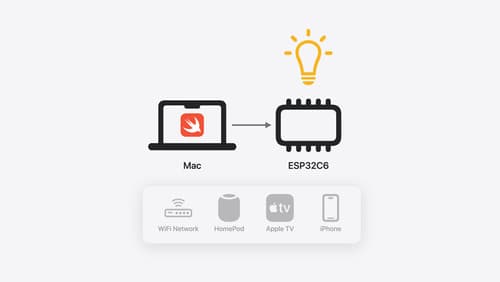How do I run swift in WASM
Asked on 2024-07-30
1 search
To run Swift in WebAssembly (WASM), you can leverage the ongoing efforts by the Swift community to port Swift to more platforms, including WebAssembly. Here are the steps you can follow:
-
Install the necessary tools: Ensure you have the Swift toolchain installed. You can download it from swift.org.
-
Set up your development environment: You can use various development environments that support Swift, such as Xcode, VS Code with the Swift extension, or other editors that support SourceKit LSP.
-
Cross-compile your Swift code: Use the Swift compiler to cross-compile your Swift code to WebAssembly. This involves specifying the target as WebAssembly during the build process.
-
Deploy and run your WebAssembly module: Once you have your WebAssembly module, you can deploy it to a web server and run it in a web environment.
For more detailed guidance, you can refer to the session on Swift's cross-platform capabilities, including WebAssembly, from WWDC:
- What’s new in Swift (06:30)
This session discusses the expansion of Swift to more platforms, including WebAssembly, and provides insights into the tools and techniques you can use to develop Swift applications for these platforms.

Go small with Embedded Swift
Embedded Swift brings the safety and expressivity of Swift to constrained environments. Explore how Embedded Swift runs on a variety of microcontrollers through a demonstration using an off-the-shelf Matter device. Learn how the Embedded Swift subset packs the benefits of Swift into a tiny footprint with no runtime, and discover plenty of resources to start your own Embedded Swift adventure.

What’s new in Swift
Join us for an update on Swift. We’ll briefly go through a history of Swift over the past decade, and show you how the community has grown through workgroups, expanded the package ecosystem, and increased platform support. We’ll introduce you to a new language mode that achieves data-race safety by default, and a language subset that lets you run Swift on highly constrained systems. We’ll also explore some language updates including noncopyable types, typed throws, and improved C++ interoperability.
